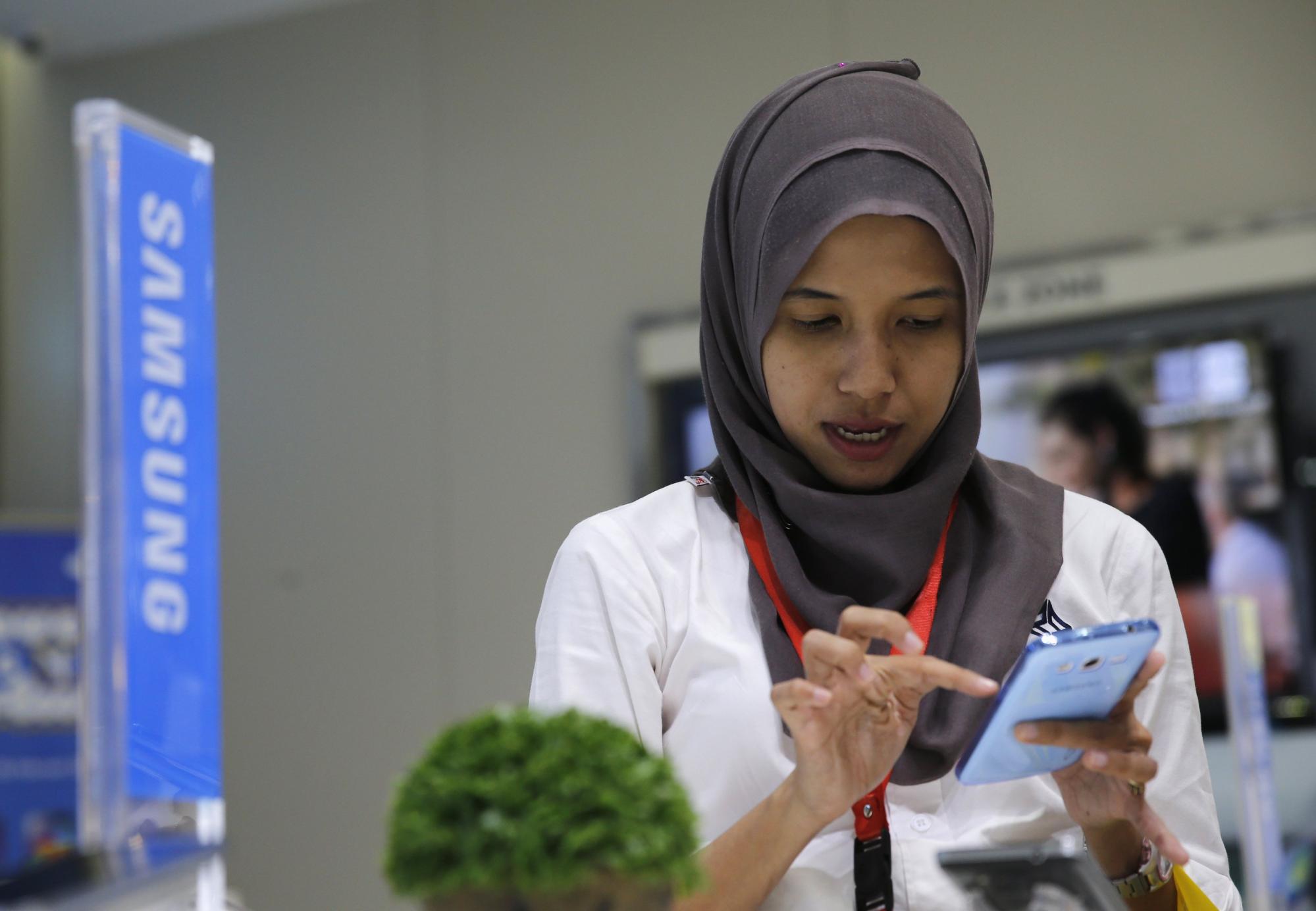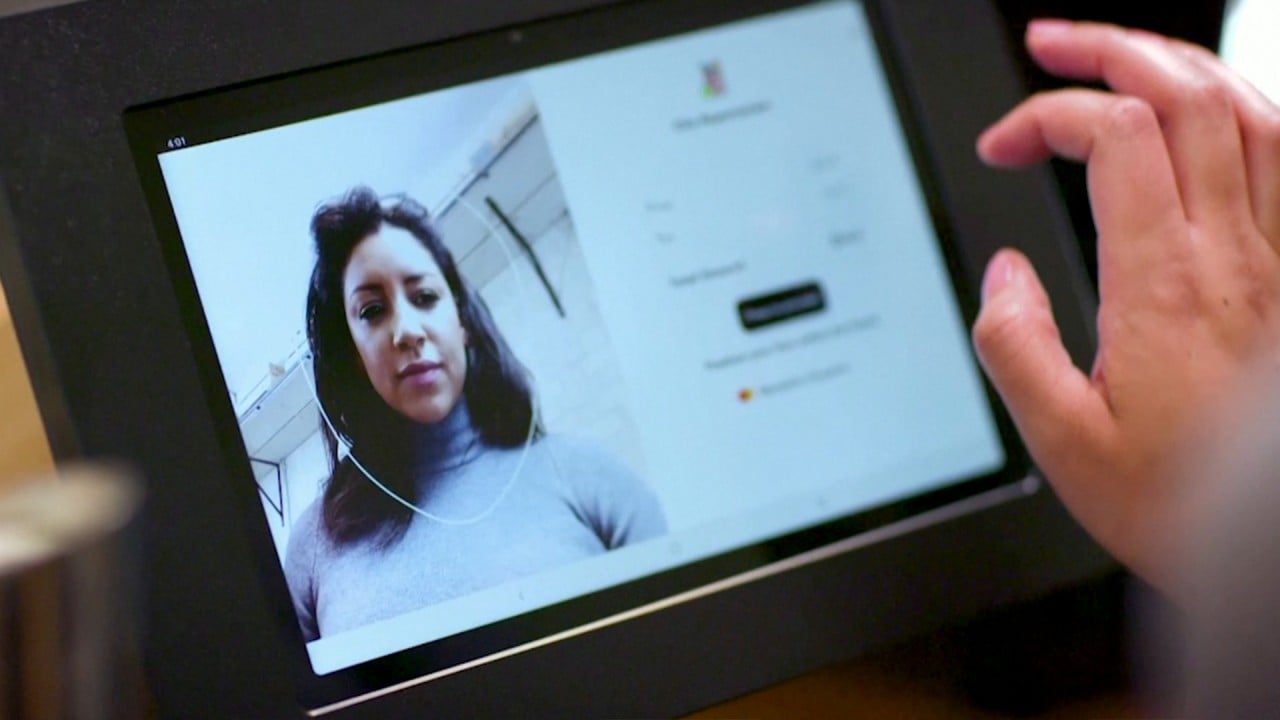
Southeast Asia’s digital economy still a ‘hotbed’ for investments despite global headwinds slowing growth
- A report from Google, Temasek and Bain & Company said Singapore and Indonesia remained red-hot investment destinations, with regional online spending economy set to hit US$200 billion this year
- But it warned the momentum would likely slow in the second half of 2022 as macroeconomic challenges and rising interest rates dampen investor sentiment
Global venture capitalists pumped in US$13.2 billion in the first half of this year, a 13 per cent jump compared to the same period in 2021, research from Google, Singapore’s state investor Temasek and management consultancy Bain & Company showed.
The digital financial services sector drew the bulk of the capital, at 31 per cent, surpassing funds poured into the e-commerce market.
Fock Wai Hoong, deputy head of technology and consumer at Temasek, noted that Indonesia’s large market continued to present ample opportunities for investment.
Singapore, meanwhile, was a “fertile ground” for entrepreneurs with regional and global ambitions, with deal value doubling compared to last year.
He said Vietnam has a high-quality home-grown tech workforce while the Philippines has been successful in attracting investments in the fintech sector and the two economies were expected to see growing investor interest in the longer term.
Philippine mobile payment operators Mynt and Voyager Innovations, two unicorns – start-ups valued at more than US$1 billion – belong to that sector.
Even as Southeast Asia reported considerably robust deal activity in the first half of 2022, Fock warned that momentum would likely slow in the second half of the year.
“We are seeing more cautiousness, with investors increasingly adopting a wait-and-see approach. And that’s because most investors expect the valuation environment to continue to weaken,” he said.
Already, Fock noted, late-stage investments in the region have suffered from these global headwinds and have been on a downward trend, though early-stage ones remained strong.
The report also highlighted other projections for the region’s digital economy.
Online spending in Southeast Asia will increase about 20 per cent to surpass US$200 billion in gross merchandise value this year, though slowing from 38 per cent a year earlier. The internet economy is expected to reach US$330 billion by 2025.
Southeast Asia’s e-commerce sector, which has in previous years seen a rapid expansion, was expected to clock a slower growth this year, at 16 per cent to reach US$131 billion in gross merchandise value as some consumers return to in-store shopping.
The region is home to e-commerce giants like Sea Group’s Shopee and Lazada of Alibaba Group, which owns the South China Morning Post.
The research added some 20 million people in Southeast Asia got on the internet this year, a 4 per cent jump from 2021.

While digital adoption has slowed from the double-digit growth in previous years, Stephanie Davis, vice-president of Google Southeast Asia, said it was within expectations, especially after years of rapid acceleration.
With digital penetration normalising in the region, most industry players would now look to shift their strategies.
“We’re convinced that the next stage of growth is going to come from deeper engagement, not first time acquisitions,” Davis said.


